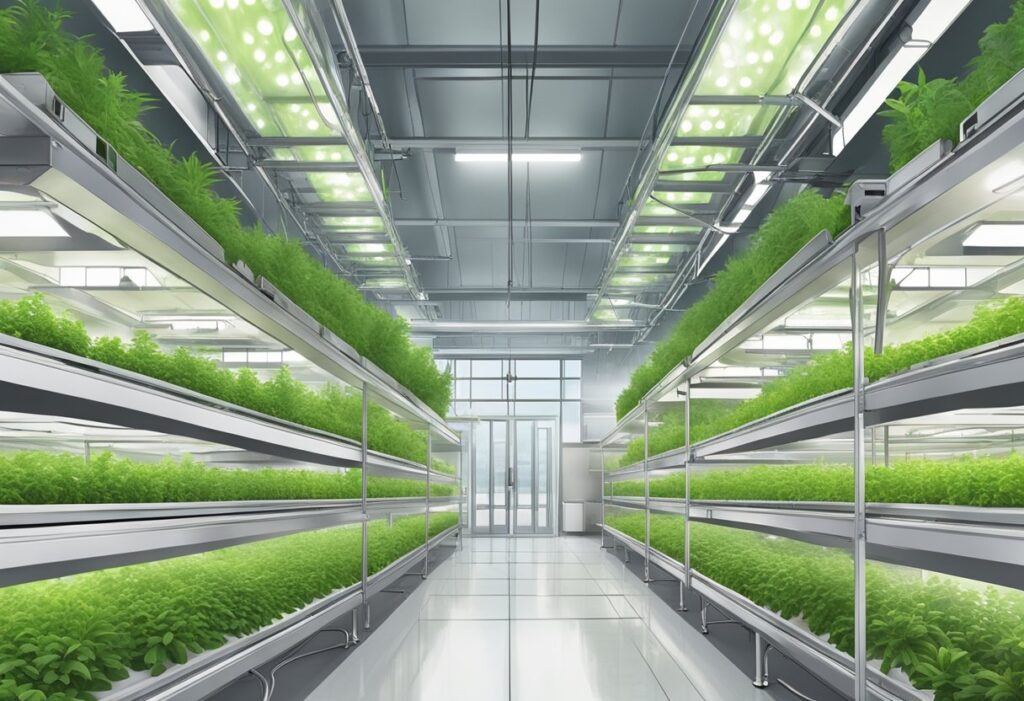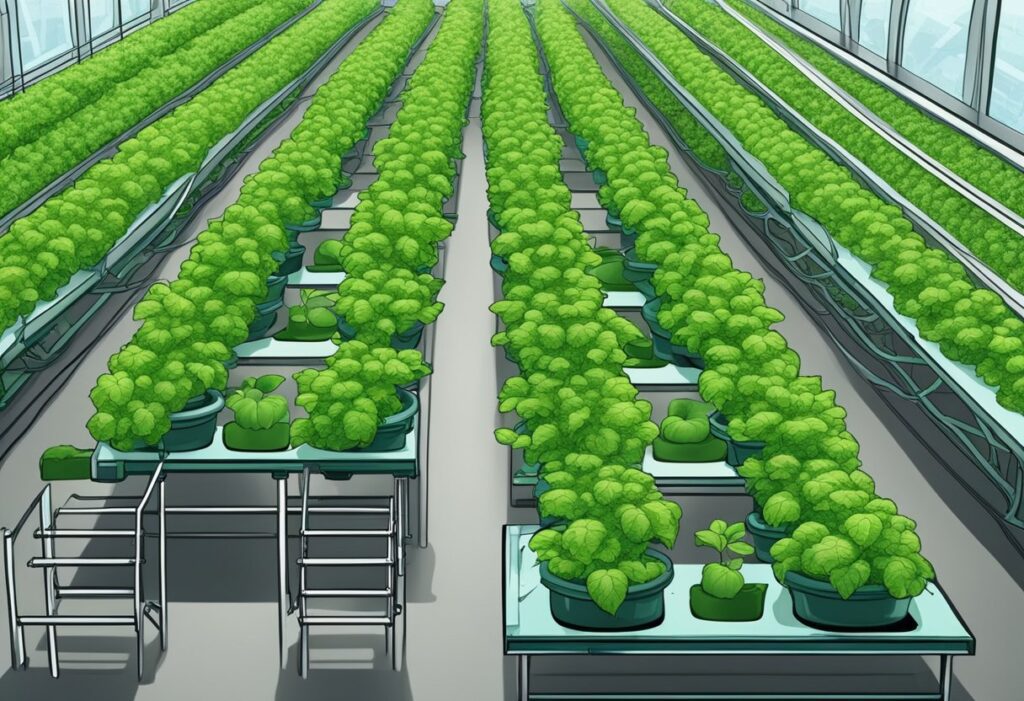
Embarking on the journey of growing autoflowering cannabis with hydroponics can be a fruitful venture, especially when equipped with the right knowledge about the strains and system specifics. Here’s how to launch your home-based operation in Canada with high-quality genetics and a hydroponic setup that could potentially streamline your cultivation process.
Autoflowering cannabis strains are a breed apart, uniquely programmed to flower based on age rather than the light cycle. This genetic trait stems from the cannabis ruderalis species, which adapted to regions with long days and short seasons. As a result, autoflowers don’t require the traditional 12 hours of light to transition into the flowering stage, making strains like Northern Lights, Gelato Auto, and White Widow favorites among beginners and seasoned growers who desire a swift and more manageable growth cycle.
Adopting hydroponics for growing autoflower cannabis brings several advantages:
These benefits mean you can enjoy multiple harvests in a year from resilient and bountiful strains like Gorilla Glue or Gelato Auto without cumbersome equipment.
When selecting autoflower seeds, consider these factors:
Explore reputable seed banks for feminized autoflowering seeds, which will produce only female plants, thus eliminating the need for sexing and increasing the likelihood of a successful, fruitful grow. High-quality genetics play a pivotal role in the success of your grow, influencing both plant resilience and the end product.

To master the cultivation of autoflowers in hydroponic systems in Canada, it’s crucial to maintain an environment that promotes plant health and maximizes yield. Paying close attention to your hydroponic setup, water and nutrient balances, and lighting will make all the difference.
Your choice of hydroponic system significantly affects your autoflowers. Whether you’re using Deep Water Culture (DWC), ebb and flow, aeroponics, or Nutrient Film Technique (NFT), each system has unique benefits.
Autoflowers don’t need as many nutrients compared to photoperiod strains. Start with a gentle nutrient solution and slowly increase as they grow.
Unlike photoperiod strains, autoflowers don’t require a change in light cycle to bloom, but they need consistent and adequate lighting.
By paying close attention to these specific conditions and regularly monitoring your plants, you can create an optimal growing environment for thriving autoflowers in your Canadian hydroponic garden.

Harvesting and post-harvest handling are crucial for ensuring a bountiful harvest of top-quality cannabis from your hydroponic autoflower plants. Paying close attention to the timing of your harvest and the methods used afterward can significantly influence your final product’s potency and yields.
You need to understand the importance of tracking the flowering stage in autoflowering plants to timely harvest. Microscopic inspection of the trichomes is your best indicator: clear trichomes suggest more time is needed while milky white trichomes hint at the peak THC levels, indicating it’s time to harvest for potent buds. Here’s a simple guide for you to consider:
In Canada’s variable climate, this attention to detail shields you from the inconsistencies of growing outdoors and allows for a more productive and successful harvest.
Once you’ve determined the perfect harvest time, the next step is ensuring proper post-harvest care for preserving your hard work. Begin with gentle handling of your buds during cutting to avoid trichome damage. Use sharp tools for a clean cut, preventing stress on the plant that could affect future yields.
Post-harvest, it’s essential to dry your buds slowly in a controlled environment to maximize potency and prevent mold growth. Focus on stable temperatures between 60-70°F and relative humidity around 50-60%. Adequate oxygen circulation is a must, so ensure your drying space is well-ventilated. Storing your dried buds in airtight containers and controlling humidity will protect the powerful essence of your cannabis. Here’s a quick checklist:
Whether you’re an experienced grower or a newcomer, understanding these subtleties is crucial to a rewarding autoflower harvest in a hydroponic setup. Remember, the goal is not only to grow marijuana but to cultivate a premium, powerful product.
For autoflowers in hydroponics, maintain a nutrient schedule that starts with lower concentrations during the seedling stage at 100-250 PPM, increases gradually through the vegetative stage at 300-400 PPM, and peaks during flowering at 750-850 PPM. Taper off nutrients as you near harvest to 0 PPM.
Autoflowers in DWC setups call for EC levels that cater to the plants’ growth stages. General guidelines suggest starting with an EC of 0.8-1.0 during early growth and gradually increasing to 1.2-2.0 in the flowering stage, ensuring you do not exceed the plant’s tolerance and cause nutrient burn.
Maximize yields in a DWC system by maintaining appropriate room temperatures (68-77°F), ensuring dissolved oxygen levels are high, and keeping pH levels stable around 5.5-6.5. Regular monitoring and adjustments are crucial for plant health and optimal yields.
The ideal PPM for autoflowers in DWC ranges from 100-250 PPM in the seedling stage to 750-850 PPM during peak flowering. The PPM should be adjusted based on the plant’s stage of growth, ensuring it matches the required nutrient uptake for that phase.
Choose hydroponic nutrients that are specifically formulated for marijuana plants and ensure they provide a balanced supply of macronutrients (N-P-K) as well as essential micronutrients. Brands that cater to cannabis growth tend to offer the most suitable nutrient blends for autoflowers.


WE ARE EVERY GROWERS ONE STOP SHOP TO ACQUIRE PREMIUM CANNABIS SEEDS FOR SALE IN THE USA, CANADA AND AUSTRALIA
Farmers Lab Seeds 2024,
All Right Reserved
Seeds are sold as novelty items, souvenirs, and collectibles. They contain 0% THC. We encourage our customers to check the legislation in their Country, State, Province, and Municipality prior to purchasing items from our store. We do not provide growing information.
All seeds are sold as hemp, and lab tested under 0.3% THC. This product is not for use by or sale to persons under the age of 21. This product should be used only as directed on the label. It should not be used if you are pregnant or nursing. Consult with a physician before use if you have a serious medical condition or use prescription medications. A Doctor’s advice should be sought before using this and any supplemental dietary product. All trademarks and copyrights are property of their respective owners and are not affiliated with nor do they endorse this product.
These statements have not been evaluated by the FDA. This product is not intended to diagnose, treat, cure or prevent any disease. Individual weight loss results will vary. By using this site, you agree to follow the Privacy Policy and all Terms & Conditions printed on this site. Void Where Prohibited by Law.